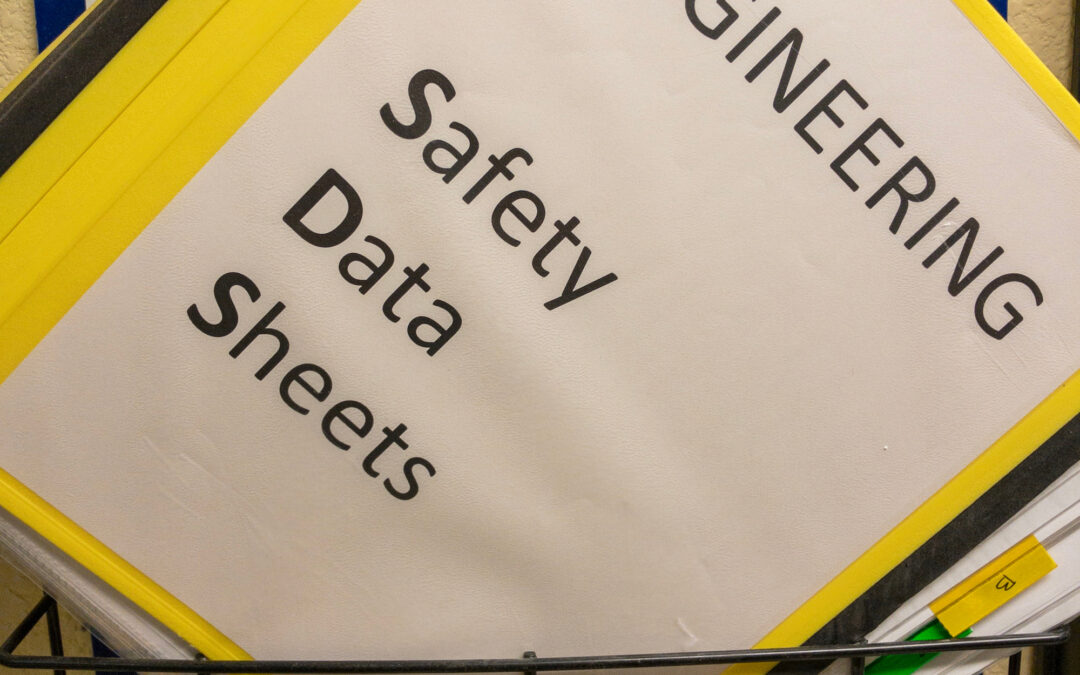Would you know what to do if an emergency involving a chemical was to occur at your facility? The Safety Data Sheet (SDS) gives important information in response to emergencies in the following sections: Section 1. The name of the chemical, Section 2. Hazards of the chemical, Sections 4-6. Understanding what to do in an emergency and Section 7. Safe handling and storage instructions. Many facilities have gone away from printed SDSs in a binder, and are now using digital files. This is acceptable by OSHA standards as long as the SDSs are readily accessible to all workers and emergency First responders.
Discussion Points:
• How to respond to an emergency involving a chemical, using the Safety Data Sheet as a guide.
• Type of information provided in different sections of the SDS.
• Digital format of SDSs replacing printed SDSs in a binder.
• Personal and environmental precautions and recommendations.
• Recommended actions for workers and First responders in an emergency situation.
Discussion:
The SDS includes personal and environmental precautions with recommended actions, including properties of each chemical, and information about physical, health, and environmental hazards. As well as a description of the methods, and the tools and equipment needed to safely contain a spill or release of a chemical, and help preserve the local environment, soil and water sources. Also given are recommendations on when to seek medical attention, and how to handle the emergency until medical assistance arrives. Instructions provided on removing clothing and shoes, and if the person in need of assistance should be moved to a safer location. All workers must know how to respond to an emergency, and the SDSs and the facility floor plan must be accessible if necessary, as someone’s life may depend on it.
As always, be safe out there!


Recent Comments